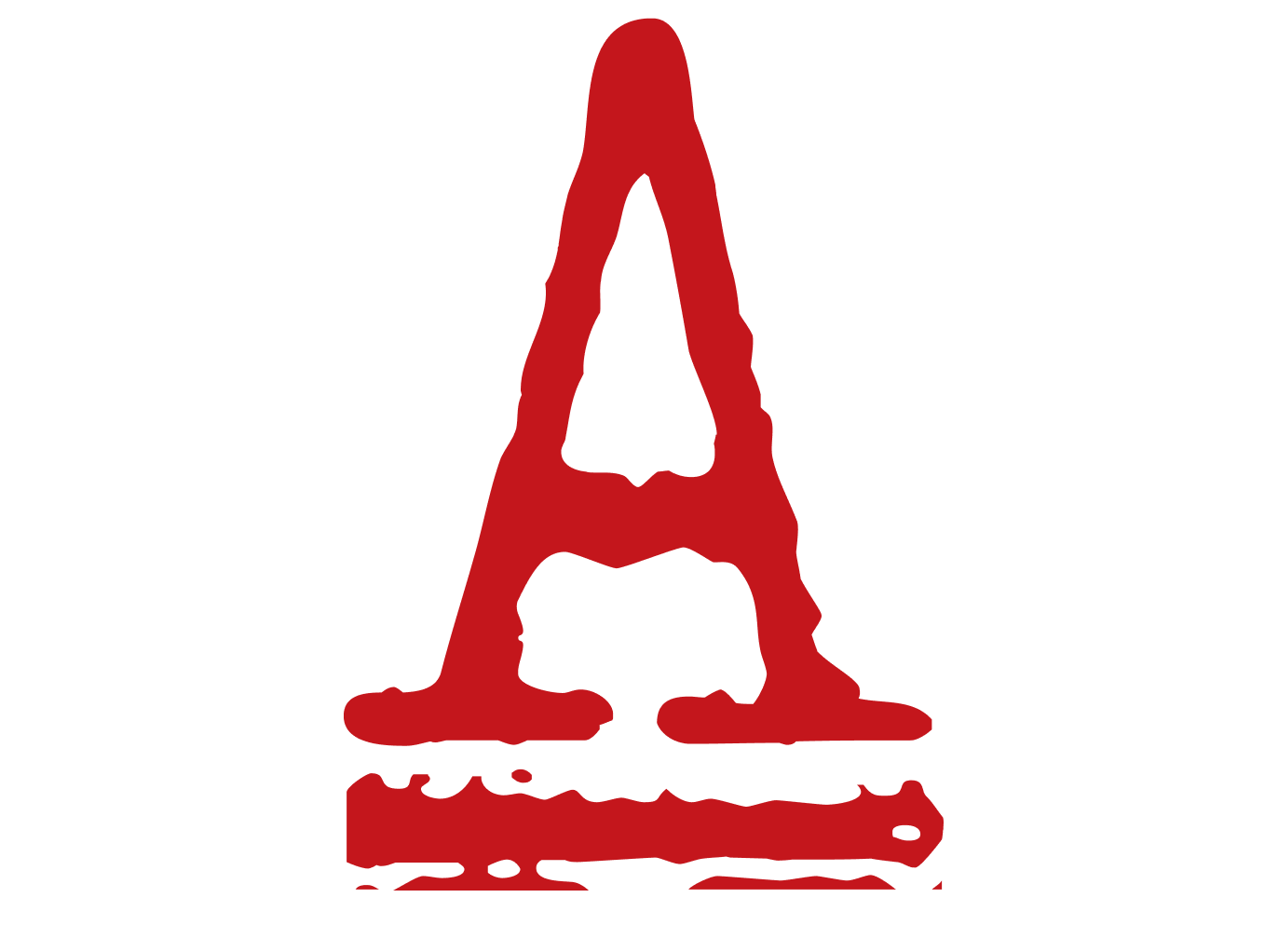It was New Year’s Day of 1994. As dawn was about to break, a group of indigenous Mayan guerrillas launched a coordinated attack on cities and towns across the southern state of Chiapas, Mexico. They called themselves the Zapatista Army of National Liberation (EZLN) and wore black ski masks and red paisley bandanas known as paliacates.
The United States had just signed the North American Free Trade Agreement, which was supposed to decrease trade barriers and increase business investment between Canada, the U.S., and Mexico. It would also flood Mexico with imported corn, which the Zapatistas and other subsistence farmers believed would be their death, quite literally, and said so.
The Zapatistas, armed with machetes and antiquated rifles, took the municipal palace of the quaint mountain city of San Cristóbal de las Casas. It is estimated that between 600 and 2,000 troops, of humble farming backgrounds and largely between 18 and 30 years old, almost all indigenous Mayans from the state of Chiapas, participated and read a declaration of war from the Lacandon Jungle, proclaiming “Ya basta,” which translates to “Enough is enough.” They declared war on the army, the state and federal government, and the Institutional Revolutionary Party, which had been in power for 65 years.


